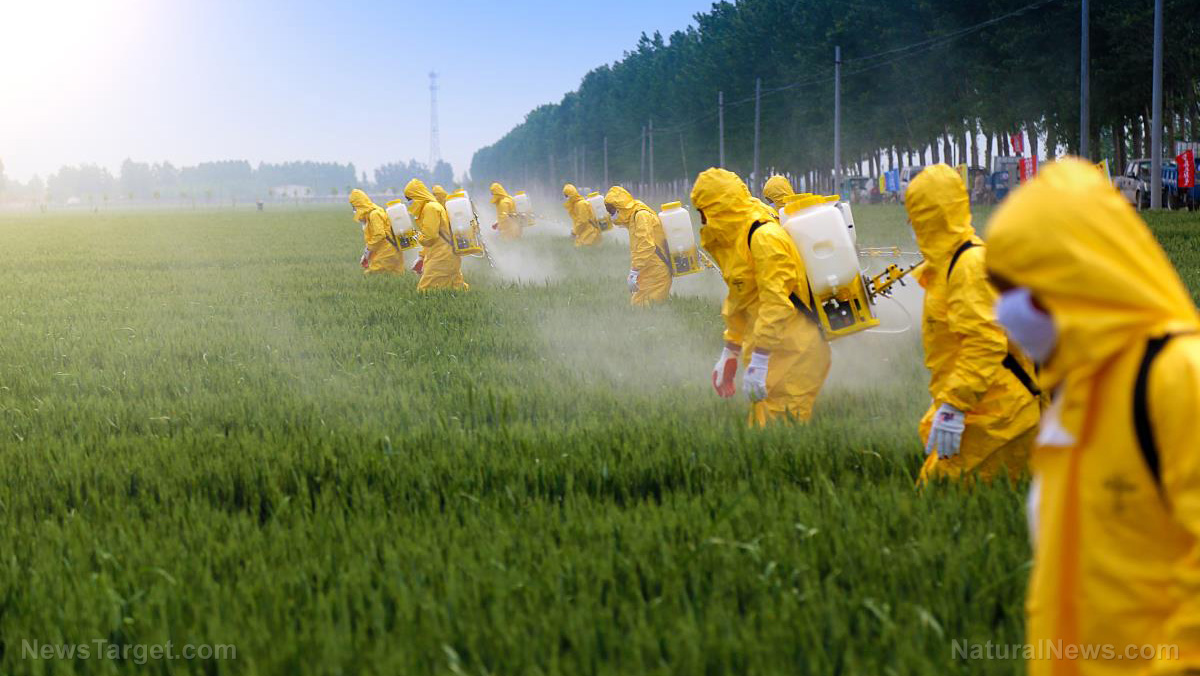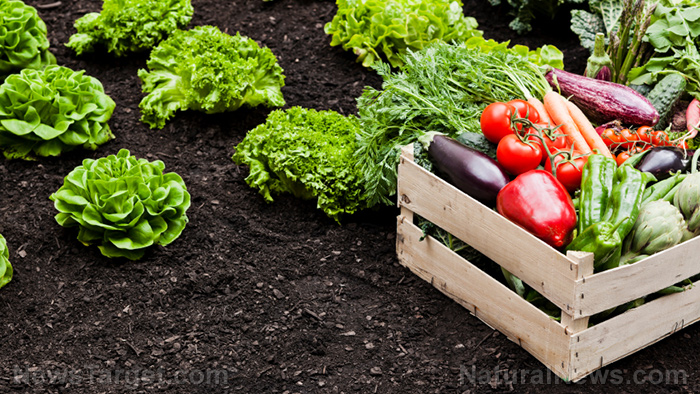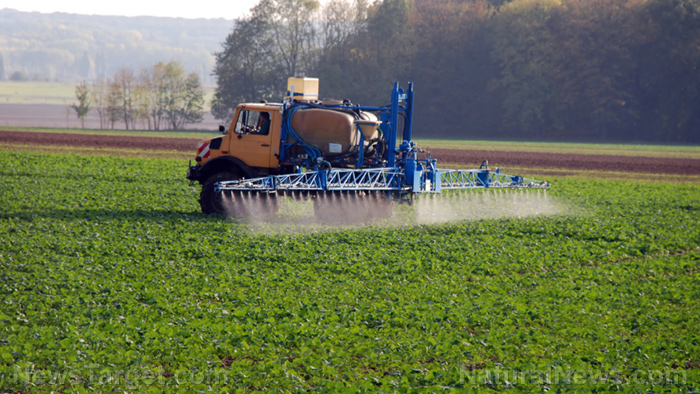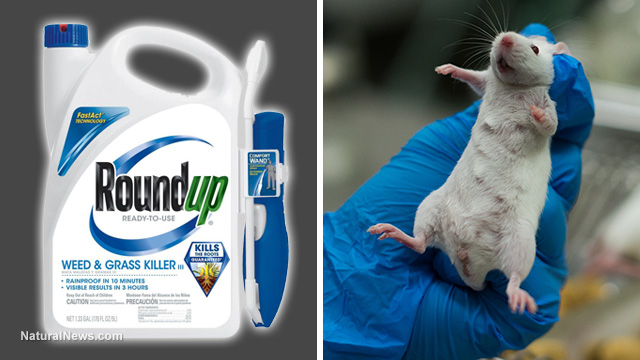Graphene could make fertilizer more efficient, affordable and environmentally friendly
05/08/2018 / By Michelle Simmons

Researchers continue to search for fertilizers that are more efficient and affordable. One study, published in the journal Applied Materials and Interfaces, looked at graphene as a carrier for fertilizers to exhibit these characteristics, without causing more harm to the environment.
A team of researchers at the University of Adelaide developed a fertilizer carrier using graphene oxide sheets to make effective slow-release fertilizers. Using graphene as a carrier may help increase overall fertilizer efficiency, as well as nutrient uptake of plants. In the study, the research team used micronutrients zinc and copper to load onto graphene oxide sheets, formulating a graphene-based fertilizer carrier. To test this, they applied either graphene-based fertilizers or conventional soluble fertilizers to a wheat crop.
Results showed that micronutrient uptake by wheat was greater when the graphene-based fertilizers were used compared with using the conventional fertilizers. The findings indicated that loading essential trace elements such as zinc and copper onto graphene oxide sheets was an effective way to provide micronutrients to plants. In addition, it increased the strength of the fertilizer granules for better transport and spreading ability.
Mike McLaughlin, one of the researchers of the study, explained that fertilizers that exhibit slower, more controlled release and higher efficiency will cause lower impact on the environment and lower costs for farmers, compared with conventional fertilizers. This can provide important benefits both for agriculture and the environment.
“Graphene is a novel new material only discovered in 2004 and has incredible properties, including a very high surface area, strength and adaptability to bind to different nutrients. We started exciting research on a broad range of applications of graphene four years ago – this is the first time graphene has been developed as a carrier for fertiliser nutrients,” said Dusan Losiac, also a researcher of the study.
Potential harmful effects of fertilizer use
Fertilizers are commonly used for proper and healthy growth of plants as they provide nutrients. The nutrients most needed in the largest amounts in agriculture are nitrogen, phosphorus, and potassium. However, use of fertilizers also pose environmental hazards. One of these is groundwater pollution. Nitrate is easily leached from soil and presents the biggest opportunity for pollution. Nitrate leaching causes serious health hazards and plays a role in soil acidification. Inevitably, some of the nitrate may enter groundwater where there’s a “water table,” when high amounts of nitrogen are used up. (Related: Organic fertilizer alternatives: Composted chicken litter promotes sustainable agro-ecosystems with minimal nutrient leeching.)
Another environmental hazard of fertilizer use is eutrophication, which is the enrichment of water due to the addition of nutrients. This is usually a result of nutrient runoff from the land to bodies of water. When a body of water, such as a lake, becomes overly enriched with nutrients, it results in excessive growth of plants and algae. High amounts of phosphorus in the water causes blue-green algae to grow. This type of algae may produce toxins that are not only poisonous to animals, but to humans as well. Phosphorus goes into bodies of water frequently due to runoff from pasture, forests, and fertilized land, and in drainage from irrigated land and urban areas. Excessive growth of plants and algae may also deplete oxygen in bodies of water, threatening aquatic life.
Read more news stories and studies on farming by going to Harvest.news.
Sources include:
Tagged Under: affordable fertilizers, agriculture, environment, environment-friendly, farming, farming methods, fertilizer carrier, Fertilizers, Graphene, graphene oxide, graphene-based, harvest, micronutrients, natural fertilizers, nitrate leaching, plant nutrients, Plants, soil nutrients



















